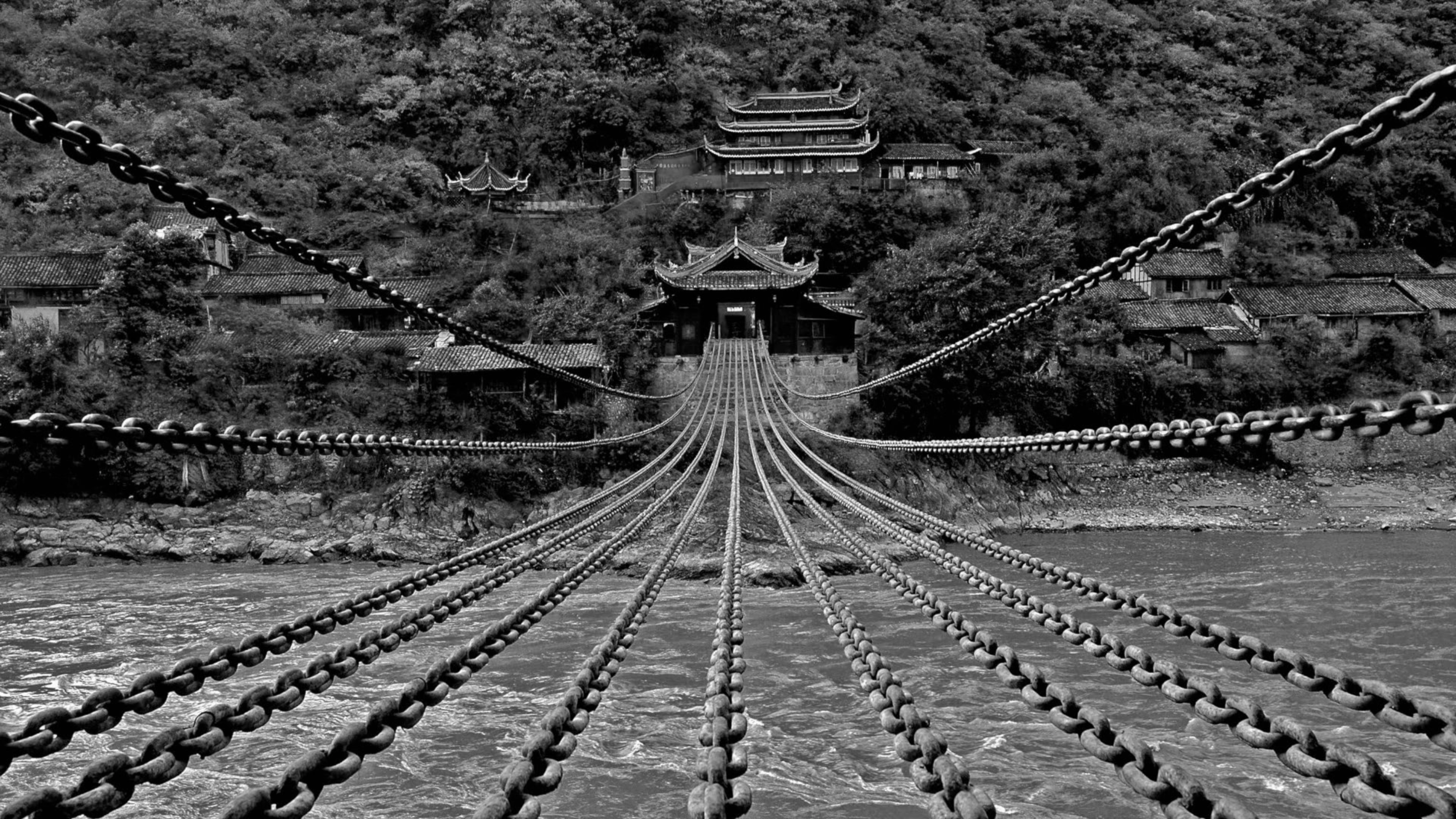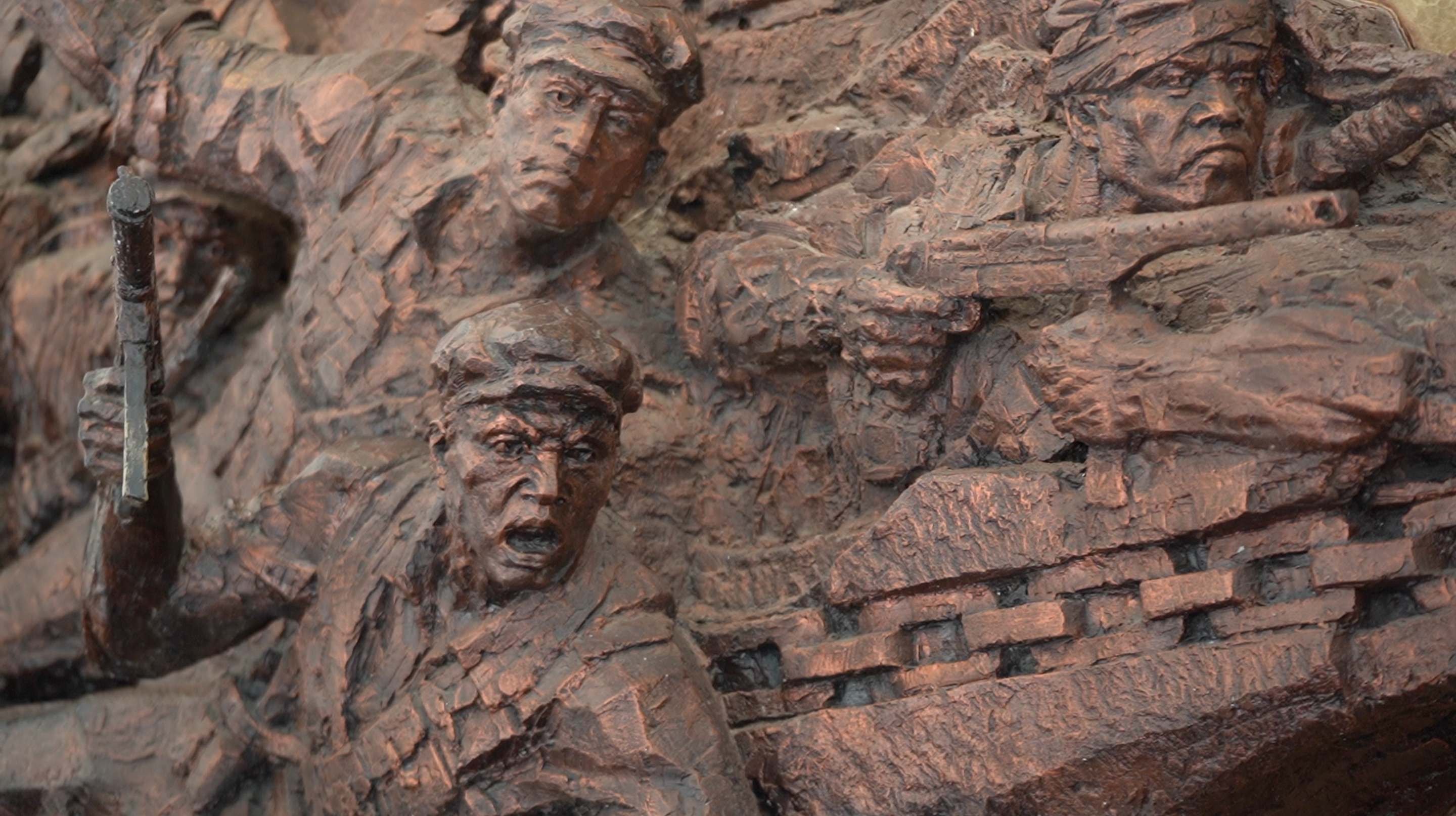01:38

Imagine covering the distance of three marathons in 24 hours without sleep in full combat gear in the rain and engaging in skirmishes en route, then storming a stronghold to secure the only bridge across a roaring river amid a hail of enemy bullets and heavy fire. This happened during the Chinese Red Army's Long March as they cut across Sichuan Province in 1935.
Hunted by Nationalist forces in 1934, the Red Army was forced to leave Soviet districts and set off on one of the longest military retreats the world has ever known – the Long March – overcoming some of the toughest terrain in China on a 12,500-kilometer journey.
"Cold the iron chains spanning over the Dadu River," Chairman Mao Zedong wrote in a poem, describing the do-or-die battle which took place on the Luding Bridge.
The bridge was built 300 years ago during the Qing Dynasty (1644-1911). Formed by 13 thick iron chains, it is about 100 meters long and three meters wide. For centuries, it was a chokepoint on the battlefield. Shi Dakai, a Taiping Rebellion leader during the dynasty was defeated there because the surging water blocked his army's retreat.
When the Red Army arrived by the river bank, they realized there weren't enough boats for thousands of their soldiers to cross the water in time. With the Nationalist forces on their tail, Mao and other leaders ordered assaults on the bridge and Luding City from both sides of the river simultaneously.

A statue of Red Army commandos in the Battle at Luding Bridge. /CGTN
A statue of Red Army commandos in the Battle at Luding Bridge. /CGTN
The troops provided by local Sichuan warlords who were on the side of the Nationalist forces didn't want to destroy the bridge. Instead, they stripped away the wooden boards on it. "Come and get us, if you could fly," the troops taunted.
After the day-and-night rapid march, the 4th regiment, 2nd division of the 1st Chinese Red Army corps, arrived in position. A team of 22 commandos volunteered to seize the bridge. They were equipped with pistols, grenades, broadswords and submachine guns.
Their comrades by the riverbank gave them cover by bombarding the Nationalist forces' position with suppressing fire, so the commandos may lay new wooden boards on the chain bridge.
"Go! Go! Go!" the team leader shouted, determined to storm the front. The squad followed, their faces blackened by smoke and their clothes on fire. Nothing could stop them as they made it across the bridge. In two hours, Luding city was captured.
Four commandos were killed in action. Their sacrifices were not in vain, for they secured the safety of thousands of their comrades who carried on a crucial battle that has shaped the course of China's history.

